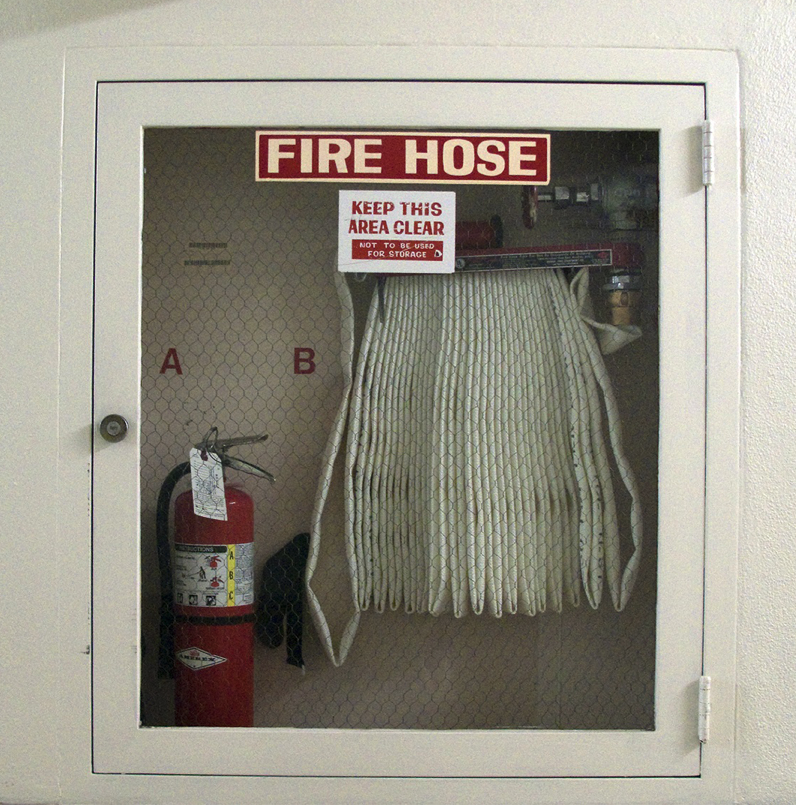
Automatic Sprinkler Systems are one of the most important parts of a fire protection system. When a properly maintained sprinkler system is on site, the risk of someone dying in a fire is reduced by 50-75%, according to the Congressional Office of Compliance. It’s extremely important to ensure that automatic sprinklers are in working order to make sure that they are successful when needed.
To learn more about Performance Fire Systems, Inc., and our team, contact us today! 24 Hour Emergency Service (888) 210.6610
The quarterly inspection should include everything in the monthly inspection as well as the following:
This inspection is more involved than the monthly inspection and should be done once every three months.
The annual inspection should include everything in the monthly and quarterly inspection items as well as the following:
The 5 Year inspection should include everything in the quarterly and annual inspection items as well as the following:
If obstructions are found during the 5 Year Test, a complete flushing of the overhead piping will be required to remove all foreign materials from the piping.
Note: This inspection checklist is based on wet and dry pipe fire sprinkler systems. There are a multitude of fire sprinkler systems out there and they all have their own set of rules and requirements. Some examples of other systems include anti-freeze, standpipe, hose, water spray and foam. Call your fire protection expert to find out how to keep your employees safe and your fire protection systems code compliant.
Learn the latest in the fire protection industry knowledge, changes in codes & regulations that we’re on top of, or anything else that’s been going on with Performance Fire Systems at our blog…
Our BlogPerformance Fire Systems is a full-service fire protection company. Contact us today for your engineering, installation, repairs, or testing needs. We are available 24-hours a day, 365 days a year.
Contact Us